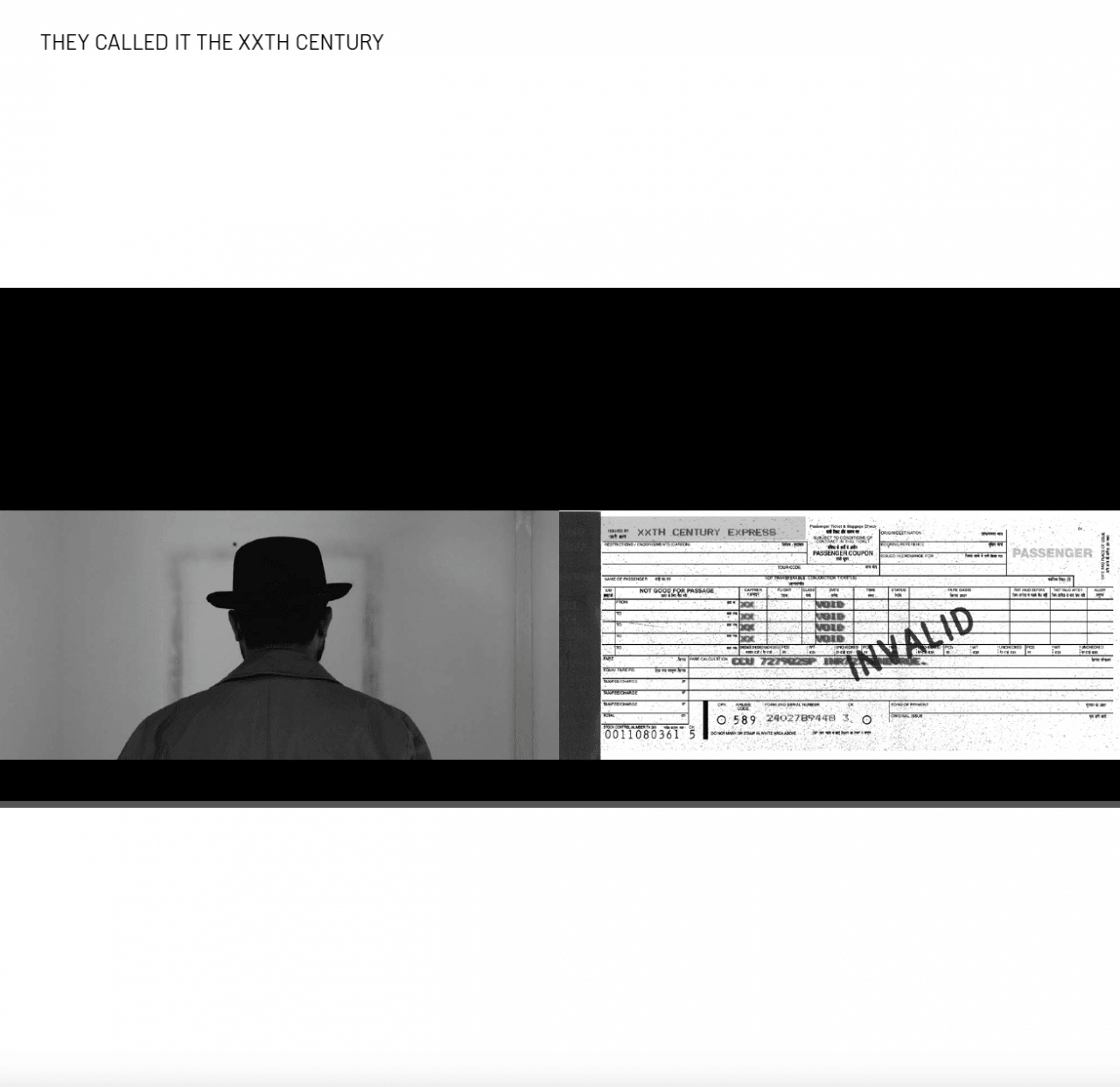The Imposter in the Waiting Room
Shown at: Bose Pacia Gallery, New York (2004) | National Gallery of Modern Art (NGMA) (2014)
Installation with video, photography, performance, text, sound and print
The Impostor in the Waiting Room is a consideration on what happens when modernity encounters its shadow. As a group of practitioners who navigate routes in and out of modernity, its past, present and future, on a daily basis in Delhi – the city where we live, and in the course of our travels elsewhere, we have come to realize that the world is densely encrusted with ‘waiting rooms’ – spaces for transients to catch their breath as they prepare for the arduous ascent to the high promontory of modernity.
The image of the “waiting room” gestures towards the sense of incompleteness and elsewhereness that fills those spaces of the world about which the overriding judgment is that they are insufficiently modern – that they are merely patchy, inadequate copies of ‘somewhere else’. Such waiting rooms exist in the very heart of that ‘somewhere else’ – in New York and Los Angeles, in London and Singapore – but it is outside these islands that they have their truest extent. Most of the world, in fact, inhabits such antechambers of modernity. We know such antechambers well; we are at home in them, everywhere.
Waiting Rooms everywhere are full of Impostors waiting to be auditioned, waiting to be verified, waiting to know and to see whether or not their ‘act’ passes muster, and whether they can cross the threshold and arrive on to the plane where ‘history is truly made’.
“The passage from “waiting rooms” to the “stage” often requires a person to go through intense scrutiny. This happens at airports and borders. It also happens in streets, homes, and workplaces. The art of the impostor becomes a guide to survival for people negotiating this rough passage. Waiting rooms everywhere are full of impostors waiting to be auditioned, waiting to be verified, waiting to know and to see whether or not their “act” passes muster.
The impostor is an exemplar for a kind of performative agency that renders a person capable of expressing more than one kind of truth of the self to the scrutiny of power. The figure of the impostor offers a method of survival that meets the growing intensification of scrutiny with a strategy based on the multiplication of guises and the amplification of guile. At the same time, the term impostor is also an accusation; one that power can fling at anyone it chooses to place under scrutiny. It is this double-edged state, of being a way out as well as a trap, that lends it the capacity to be a heuristic device uniquely suited for a nuanced understanding of a time in which criteria such as authenticity, veracity, and appropriateness take on intense, almost paranoiac dimensions in the conduct and governance of life’s most basic functions. As concepts, the “impostor,” like the “waiting room,” can signify both thresholds meant for quick, sportive and easy crossing, portals into unpredictable futures, that come laden with the thrill that only unintended consequences can bring, and, for some, a bleak and eternal purgatory tinged with its own peculiar anxiety, distrust, and fear.“




“The impostor can speak more than one kind of truth; he can turn more than one face to the monocle of power. Faced with an enquiry, the impostor’s mask is also a momentary means to breathe easy, to breathe life into an exhausted story about who is who, and who is not. The intensification of scrutiny can sometimes be met with an amplification of guile. Once a tale is told, antecedents produced, a face justified, a door can then be opened and passage granted. The impostor picks up a valise. The journey can now proceed.”



